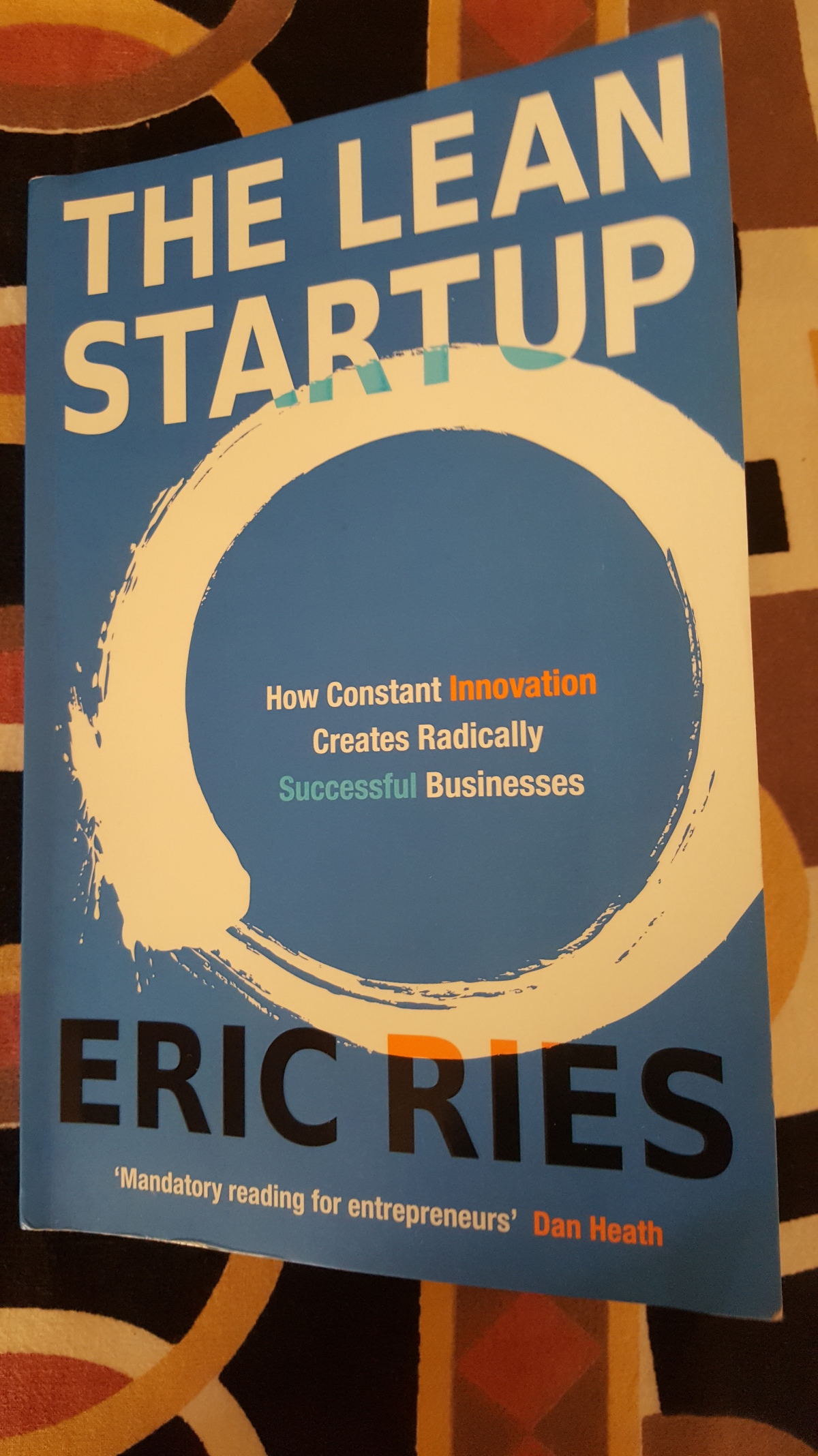The Lean Startup by Eric Ries
There is not doubt that, “The Lean Startup” by Eric Ries is a must read book for all entrepreneurs. It brings about concepts and methods which help in building a sustainable business. When we as entrepreneurs go about in building business, there are a few fundamental questions that we fail to address. Most of the time these questions might not have straight forward answers. In order to figure it out, we need to follow an approach that can give us those answers fast and consume the least resources. These questions might be about the product, or about our target audience. This book will give the reader a time proven path to help figuring out such answers without wasting precious resources.
In the introduction, the author stresses the importance of management in entrepreneurship. He helps in defining what a startup is, and establishes that there is high uncertainty in a startup. He identifies the major reasons as to why startups fail. Most startups fail to identify who their customer is, or what their product should be. There is a practical difficulty in using the old methods of conventional management to forecast the future. Most startups would follow the just do it type of chaotic approach. Since that doesn’t work either, this book talks about the lean startup approach, which is proven to work across a wide spectrum of companies. The book is organised into three parts- Vision, Steer and Accelerate. Each of these parts makes its case to approach the management of a startup in an innovative way that would lead to radically successful businesses.
In the first part- Vision, there are four chapters- Start, Define, Learn and Experiment. They help in organising the vision of the business. What is the long term goal that a company wants to accomplish? How can we arrive at that and validate it with the end customer? The book explains techniques to go about figuring out. It is rich with case studies where a company has implemented and benefited from the methods described in the book. It clarifies as to how start and define a business. It puts forth methods to learn and validate the vision.It talks about measuring the progress of a startup though validated learning, a technique proven to be highly effective in a number of companies.
Eric talks us through his experiences in his startup IMVU. He details his experience in developing a product that many people did not want to use. He explains his mistakes by approaching the business from a product point of view. He ended up throwing away months of his hard work because there were not many people who wanted to use his product. Eric learnt his lessons the hard way which he teaches to us. He makes his case about the importance of speaking to customers before actually getting to product development. He brings an alternative to the conventional management in order to eliminate waste as much as a business can.
In the second part- Steer, he brings forth the feedback loop of a lean start up. It is the Build-Measure-Learn loop. Here there are four chapters- Leap, Test, Measure and Pivot. This part discusses about how to go about the feedback loop and validate the value hypothesis and the growth hypothesis of a startup. It talks about converting these hypotheses to growth and value engines which is a long step from the leap of faith assumptions made at the initial stages. Going around the build-measure-learn loop helps in turning the engines to higher gears. This loop requires a structured approach; it is designed to eliminate waste of resources. In the measure phase, he makes his case about the importance of measuring, if the development efforts are leading to real progress or not. It helps us in understanding if we are building a product that people will use or not. The last chapter talks about the most difficult question in entrepreneurship – whether to pivot or persevere. He helps in figuring out if we need to make a major change to a new stratergy.
The last part of the book talks about accelerating the growth without compromising the speed and agility of a startup. It has four parts- Batch, Grow Adapt and Innovate. It demonstrates the advantage of doing things in small batches which reduces the need for in process inventory. It explains the benefits of just in time scalability. Growth engines are of three types- paid, viral or sticky. It talks about how to identify each of these engines and prioritise new experiments. With the use of innovation accounting, it would help in making the pivot or persevere decision. He explains the technique of five whys as a way to build an adaptive organisation. He shows us how the lean principles help in transitioning a startup into an established company driven by operational excellence. Later on he demonstrates the techniques of incubating innovation teams within the pretext of an established company.
The book ends with an epilogue called waste not. It recognises that speed and quality are allies in the purpose of the customer’s long term benefit. The Lean startup is one which acheives speed by bypassing the excess work that does not lead to learning. This book got me thinking about the things I was doing at my startup. It helped me understand a different way to approach the problem I was solving. The book explained me that, it makes sense to eliminate what can be eliminated than to do it with efficiency. Most of all, this book is about doing the right thing by constantly innovating and measuring progress through validated learning. It would certainly help an entrepreneur in multiple ways to build a radically successful business with least resources.
Happy Reading!

Chiraag Kashyap
29th April 2017

